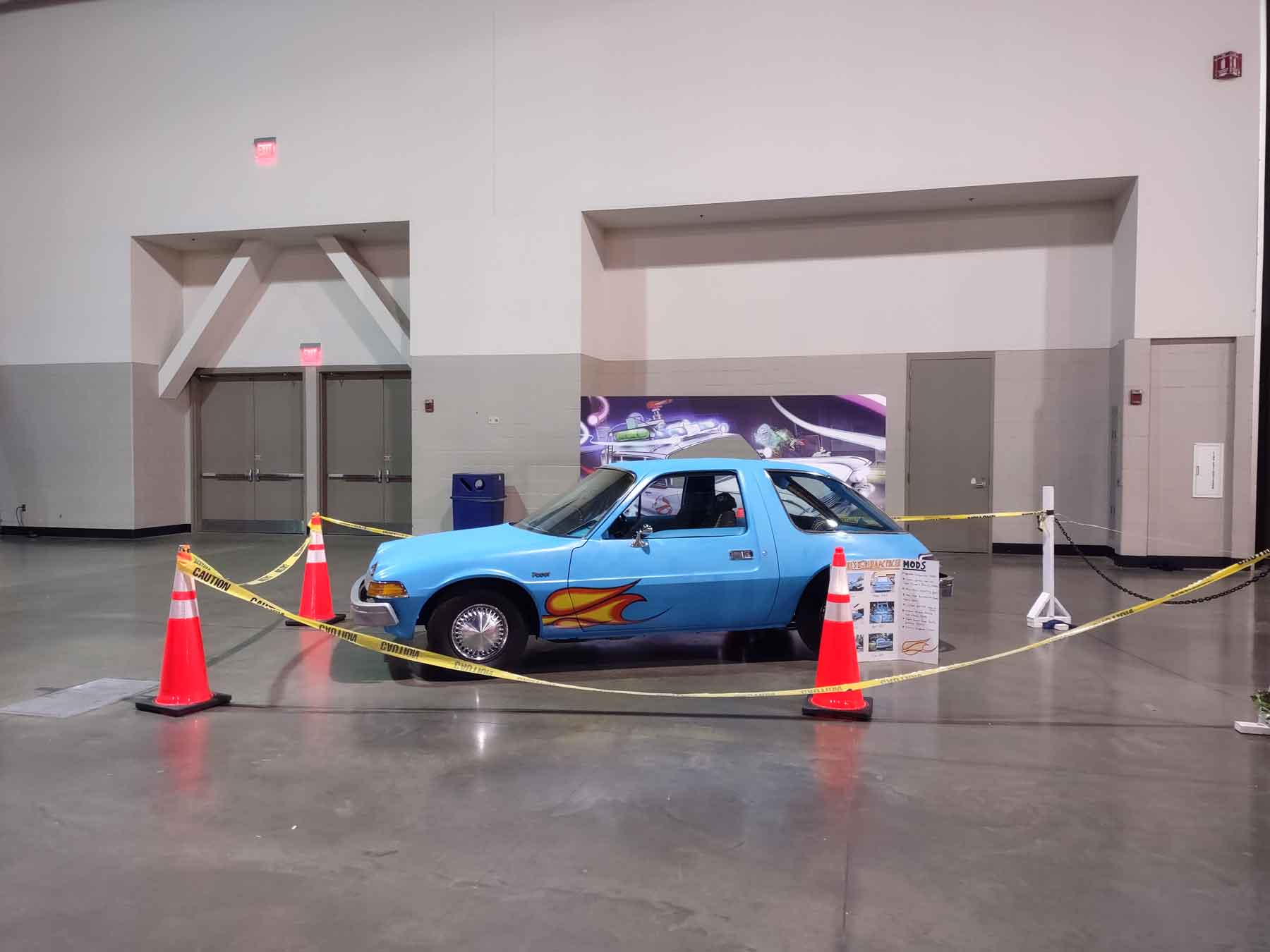Way back in the day – about the aughts – I remember when digital art really became a thing. The tools were in abundance, like Processing.org and Flash. Both had the relatively new and approachable ability to actually program an art piece. It was an game changing ability. This brought digital art out of just being an extension of hand techniques into something truly new.
First, random data was used to manifest projects. We searched through endless machine-made permutations to find something worthy of hanging the word ‘art’ onto. Certainly we got to the point where we realized that there was no soul in random noise, no matter how pretty it looked. Artists then used datasets from real things to build digital works.
Things got a bit more meaningful. What really happened was a whole new job category was developed. Much like how headphone drum and bass was swallowed up by more dancy-ier explorations, the digital artist was swallowed up by it’s more useful child, data visualization. Suddenly science couldn’t live without art anymore.
Why the devolvement? Well Peter Beshai has written a really great article for Medium that takes the reader through the process of developing some truly amazing visualization of Twitter conversations. I’d say that these visualizations certainly move into the art category.
Perhaps the best part is that Peter has done us a solid of name dropping and even link dropping the technologies and the theory work that went into the project. Even better, he’s given the article a step-by-step visual record of the path taken to get the end result. Just the sort of article for sharing here at OfPeculiarUtiltiy.

